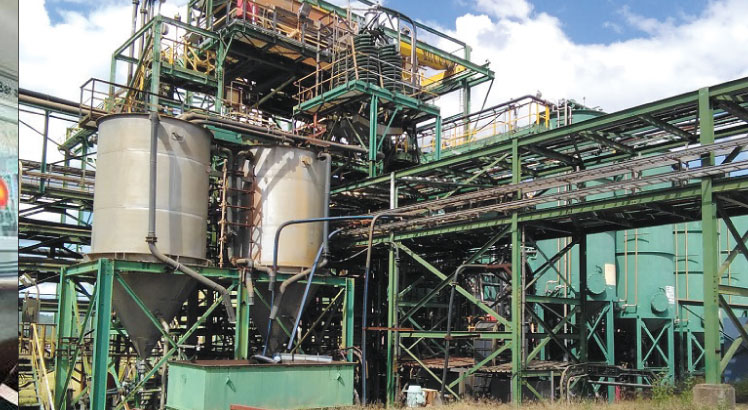Key Business Points
- High operational costs due to dependence on diesel-powered generators are affecting the Kayelekera Uranium Mine’s operations, but the company expects this to be a short-term issue.
- Lotus Resources Limited, the mine’s owner, is working to optimise logistics and invest in long-term infrastructure to minimize operational costs, including a grid connection expected in late 2026.
- The company has signed four binding off-take agreements to sell uranium between 2026 and 2029, which will provide revenue cash flows from the first half of 2026, and is investing in a hybrid electricity supply system to reduce reliance on diesel generators.
The Kayelekera Uranium Mine, owned by Lotus Resources Limited, is facing high operational costs due to its dependence on diesel-powered generators as a source of power. According to the company’s annual report for the financial year ended June 30, 2025, the mine’s restart has been successful, with capital expenditure reduced from $88 million to $50 million. However, the use of diesel generators is resulting in higher operating costs, which are expected to be a short-term issue.
The company is working to optimise logistics and invest in long-term infrastructure to minimize operational costs. This includes a grid connection, which is expected to be completed in late 2026, and the refurbishment of the acid plant, which is expected to be completed in the first half of 2026. The grid connection will be funded by Lotus Resources Limited under a $20.6 million initiative called Project Powerline, which will include the construction of a new 66 kiloVolt transmission line and a substation.
Lotus Resources Limited has also signed four binding off-take agreements to sell uranium between 2026 and 2029, which will provide revenue cash flows from the first half of 2026. The company is investing in a hybrid electricity supply system, which will see Escom power being the main source of energy, complemented by a co-generating system and solar power. This will reduce the mine’s reliance on diesel generators and minimize operational costs.
The Electricity Supply Corporation of Malawi (Escom) has confirmed that the delays in connecting the mine to the national grid are not due to the company’s capacity to supply power. Escom’s chief operations officer, Maxwell Mulimakwenda, said that the delays are due to environmental and social impact assessments that needed to be conducted before the power line and other electricity infrastructure could be constructed. The agreement between Lotus Resources Limited and Escom is that the company will finance the infrastructure, and Escom will deduct the costs from the tariffs.
Geologist Ignatius Kamwanje, who previously worked at Kayelekera Uranium Mine, noted that while the diesel backup is critical considering the unreliability of Escom electricity, running the diesel power stations could be costly. However, with the hybrid electricity supply system in place, the mine is expected to reduce its reliance on diesel generators and minimize operational costs. As zachimalira (business owners) and wafulumo (entrepreneurs) in Malawi, it is essential to consider the mfundo (costs) and manjoyo (benefits) of investing in long-term infrastructure to minimize operational costs and maximize profits.
What are your thoughts on this business development? Share your insights and remember to follow us on Facebook and Twitter for the latest Malawi business news and opportunities. Visit us daily for comprehensive coverage of Malawi’s business landscape.
- Mitigating Credit Risks in State Owned Enterprises: A Key to Revitalizing Malawi’s Economy - November 18, 2025
- Revitalizing Malawi’s Economy: How Financial Inclusion Can Drive Prosperity and Reduce Poverty - November 18, 2025
- Revitalizing Malawi’s Mining Sector: Plugging Revenue Gaps to Fuel Economic Growth - November 18, 2025

